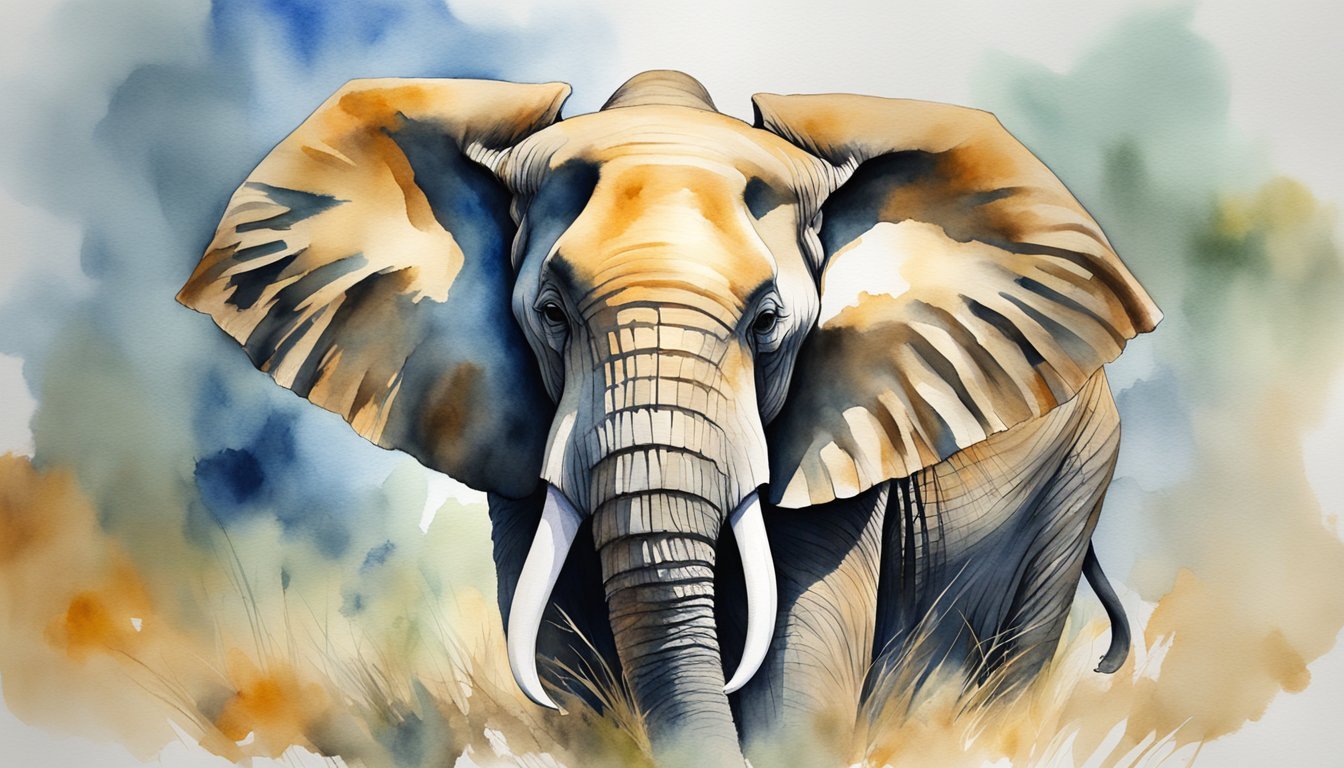Elephant Anatomy and Evolution

Unlocking the mysteries of elephant anatomy, particularly their iconic tusks, reveals a fascinating journey of evolutionary adaptation. These magnificent mammals, known for their impressive incisors, descend from a long line of ancient creatures that chart a course through the annals of natural history.
Tusk Characteristics
Elephants are renowned for their ivory tusks, which are actually elongated incisors composed primarily of dentin wrapped in a thin layer of enamel. These tusks serve multiple functions, from stripping bark and digging for water to defense and lifting. Both Asian elephants and African elephants possess tusks, though they are more prevalent and larger among the African species. Male Asian elephants sometimes lack tusks entirely and are referred to as “tuskless males“. These tusks continue to grow throughout the elephant’s life, leading to the term “big tuskers” for those with particularly large tusks.
Evolutionary Aspects
The trajectory of elephant evolution extends over millions of years, from dicynodonts—mammal-like reptiles that lived before the dinosaurs—to the modern-day giants. Tusks evolved over time for purposes such as feeding, digging, and social interactions, including displays of dominance. Unfortunately, due to their value as ivory, elephants have been hunted and are now classified as endangered. Not only are tusks vital for the elephants’ survival, but they also bear significant cultural and economic implications, historically being used for items like piano keys. The evolutionary history of these mammals is critical to understanding their role in the ecosystem and the urgency of their conservation.
Conservation and Human Impact

The preservation of elephants is deeply impacted by the ivory trade and human activities. Strengthened conservation initiatives are vital for their survival amidst increasing threats from poaching and habitat encroachment.
The Global Ivory Trade
Elephants have long been the target of poachers for their ivory tusks, which are actually elongated incisors composed mainly of dentine. This material is highly valued in the ivory trade for the creation of artwork, jewelry, and various ornamental objects. Despite international restrictions, such as those imposed by the Convention on International Trade in Endangered Species (CITES), illegal ivory trading persists. In particular, African elephants have suffered drastic population declines due to these activities, with ivory poaching being a significant driver of the decrease in numbers. The ivory from just one elephant can be worth over $15,000 on the black market, a substantial incentive for hunters. Asian elephants, while having smaller tusks, are also subjected to poaching, and this is particularly concerning for male Asian elephants, as they are the primary carriers of these valuable appendages.
- Entity Connections:
- African Elephants & Poaching: African elephants are intensely poached for their large tusks.
- Ivory Trade Impacts: The illegal ivory trade promotes the killing of elephants and rhinos, despite international bans.
Conservation Initiatives
In response to the poaching crisis and habitat loss, various conservation efforts are underway. Organizations like the African Wildlife Foundation (AWF) and World Wildlife Fund (WWF) focus on protecting elephant populations through multiple strategies, including anti-poaching patrols and community outreach programs. These initiatives often involve the provision of equipment to wildlife scouts and farmers, that help in mitigating human-elephant conflict. For example, tools like pressure horns and LED torches are distributed to help safely detract elephants from areas of human habitation. Alongside these practices, efforts are also made to increase the accessibility of water for wildlife to reduce the need for elephants to enter human-dominated landscapes for resources. Additionally, legal trading of non-ivory products like walrus ivory and the crackdown on illegal ivory markets are critical components of conserving these majestic mammals.
- Entity Connections:
- Conservation Tools: Equipment like torches helps in reducing human-elephant conflicts.
- Water Accessibility Initiatives: Improving access to water for wildlife to prevent elephants from foraging in human areas.

